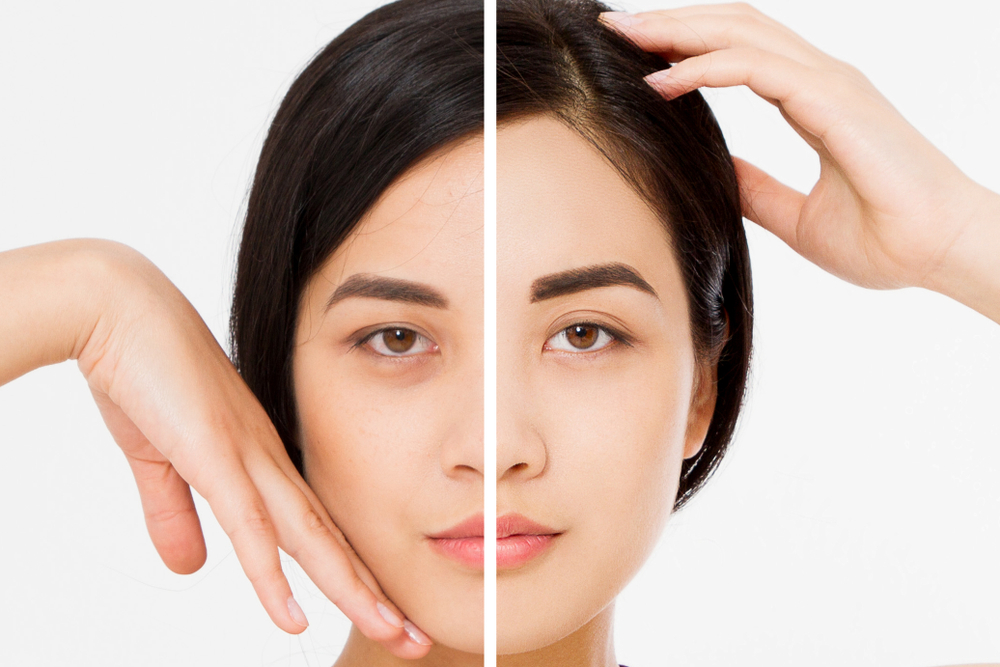Any cosmetic surgeon can tell you, injectable dermal fillers are a becoming increasingly popular in the United States. In 2015, Americans chose to go under the needle 2.4 million times, reflecting an increase of 6 percent from the previous year. Patients choosing dermal fillers chose the injectable because of their minimally invasive nature, easier to no recovery period and because many fillers use natural elements already found in the body. One of the natural elements is hyaluronic acid.
Hyaluronic acid is found in nearly every cell of the body, with high concentrations in the skin and other types of connective tissue, like cartilage. It is also found in the joints and is what gives the eye its shape. It serves as a natural lubricant, and it can attract water – up to 1,000 times its weight – to cells in order to maintain hydration, function, and structure. Hyaluronic acid is used to treat several eye conditions, like dry eye disease. It also helps the body maintain its collagen stores and is a beneficial therapy for patients with arthritis and other joint diseases. One of the most mainstream uses for hyaluronic acid is on the skin and used as a treatment for a variety of skin conditions like eczema, cold sores, and acne, and for the treatment of burns, skin ulcers and cuts because it keeps wounds moist.
Its greatest success is as an anti-aging treatment. Hyaluronic acid helps to heal the dry skin that happens as part naturally as part of the aging process, sun damage or living in dry climates. Using hyaluronic acid helps the body to retain the water needed to repair damaged and dehydrated skin cells. This retention of water also helps to fix another common condition caused by aging, the loss of skin volume. Because of its ability to retain water, it plumps up the cells of the skin, making a face look fuller and younger, and reduces the appearance of fine lines and wrinkles.
Hyaluronic acid’s ability to improve the skin is significant, but it can take several months to see results when used topically. To speed up the skin-saving process, hyaluronic acid can be delivered by injection under the skin. A 2014 Journal of Cosmetic Dermatology study evidenced that when patients were exposed to hyaluronic acid through by injection, their results were greater compared to the patients who used the acid topically over a 30 day period. When used topically, some of the hyaluronic acid molecules are not absorbed, delaying the benefits to the skin. Injecting it under the skin ensures total absorption and faster results.
Dr. Mayli Davis, M.D., an ophthalmologist and cosmetic physician treating patients in Colleyville and Fort Worth, Texas, heralds the use of hyaluronic acid. “Hyaluronic acid is a critical element to having good skin. It is an equalizer for aging,” she says. Davis has many patients visiting her practice requesting anti-aging treatments in order to maintain their youthful appearance or recapture, but do not want lengthy recoveries that come along with surgeries. “Patients are looking for results, but do not want the downtime of traditional surgical treatments like facelifts,” she explains. “Dermal fillers are easily administered, effective and give patients results quickly. There is no real downtime, and patients go right back to their regular activities.”
Patients receiving dermal fillers with hyaluronic acid experience little to no side effect, and because it is a natural product found in the body, there is no risk of rejection. Results last from three to six months and are often very affordable. Popular fillers with hyaluronic acid include well-known products like Juvederm and Restylane. Davis offers patients both of these treatments along with several other fillers for anti-aging, Botox and skin resurfacing procedures like microdermabrasion. “Patients can combine hyaluronic acid treatments and skin resurfacing procedures for best results to battle aging,” says Davis.






